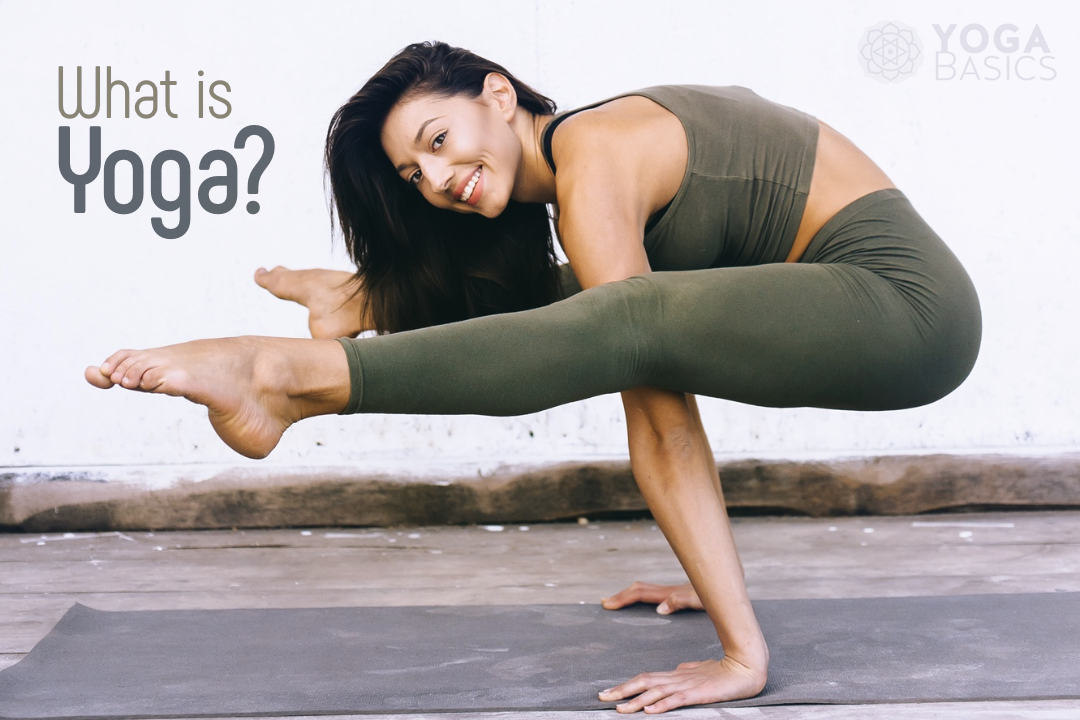
Listen clearly: Your yoga practice should not involve pain.
Throughout my experience teaching yoga classes and guiding anatomy in teacher training, I have encountered numerous accounts of yogis suffering from discomfort.
– Pain in the shoulders and wrists during sun salutations and arm balances
– Discomfort in the neck and lower back during backbends and forward folds
– Strain in the hips and knees while practicing warriors and pigeons
Some students had consulted healthcare providers who advised them to steer clear of yoga completely. However, out of love for the practice or due to their teaching commitments, these yogis chose to ignore their instincts, overlooked their bodies’ signals, and persisted in their practice despite the pain.
There is an alternative approach, which, while necessitating adjustments to avoid and ease discomfort, does not involve giving up the practice.
It starts with letting go of these prevalent beliefs:
– The instructor always knows the “correct” method.
– More effort equals better results.
– No pain means no benefit.
Instead, consider your practice as a journey—YOUR journey. These five tips can assist you in cultivating a fulfilling and pain-free experience on the mat.
1. **Progress at a steady pace.**
A robust practice develops through gradual challenges over time. Honor your physical, mental, and emotional limits, and allow your ego to take a backseat.
2. **Make modifications.**
If something is painful, try adjusting your approach. Explore a shorter stance, a broader foot placement, or a unique variation of the pose. The balance of effort and ease is for you to discover.
3. **Allow yourself to disregard instructions.**
Not every cue applies to you, and some directions may be misguided. Rather than adhering to a prescribed alignment, explore various positions to find what feels right for your body.
4. **Select your instructors carefully.**
Seek out teachers who inspire you to embrace freedom in your practice, and request modifications when experiencing pain. Your teacher can guide you, but the practice ultimately belongs to you.
5. **Consult a physical therapist familiar with yoga.**
Discuss the specifics of your pain. Show the movements in your practice that trigger discomfort. Collaborate to identify variations that enable you to practice pain-free.
In summary: If your practice is causing pain, it’s time to initiate a change.